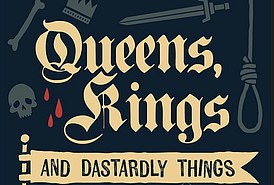A diamond necklace linked to a scandal that ruined Marie Antoinette’s reputation is to sell for £2.1million at auction.
The antique necklace, which was also worn at the coronations of King George VI and Queen Elizabeth II, will be auctioned at Sotheby’s Geneva on November 13, with bids accepted from next Friday.
The rare piece, which dates back to around 1776, is made of 300-carat diamonds, believed to come from India’s famous Golconda mines, in a scarf-style design with a pair of tassels.
Some experts believe the necklace may have been made from some of the diamonds at the center of the Diamond Necklace Affair, the 1780 robbery of Crown jewelers Boehmer and Bassenge orchestrated by Countess Jeanne de la Motte.
She forged Antoinette’s signature to get the necklace. Although innocent, the queen’s reputation was never recovered.
A diamond necklace worn at two coronations and linked to the fall of Marie Antoinette will be auctioned next month
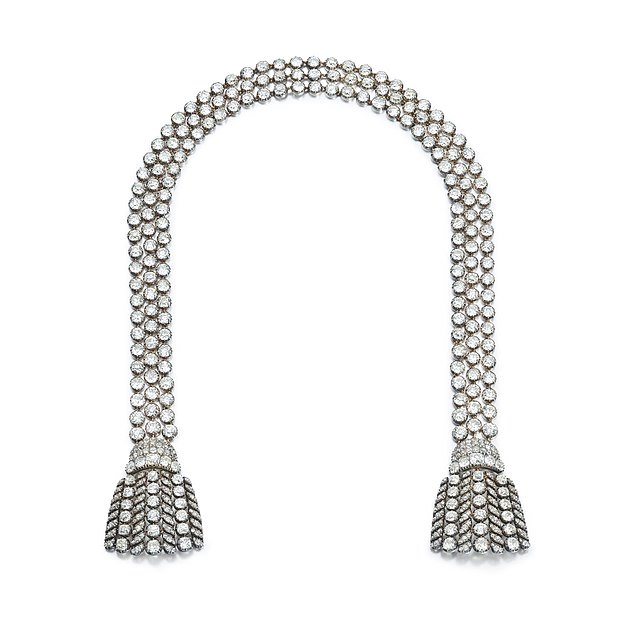
The antique necklace is made of 300 carat diamonds from a famous Indian mine and is expected to sell for £2.1 million.
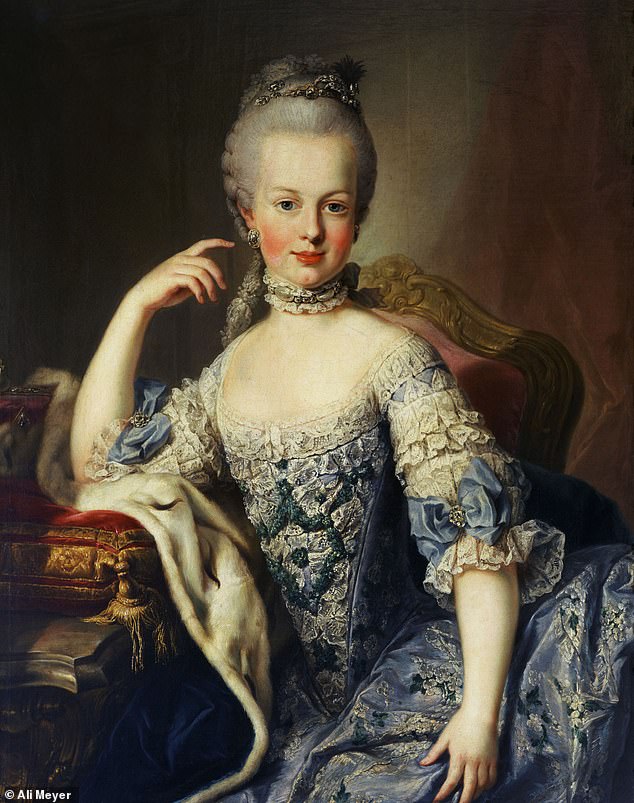
Countess Jeanne de la Motte forged Marie Antoinette’s signature (pictured) to get the necklace. Although innocent, the queen’s reputation was never recovered.
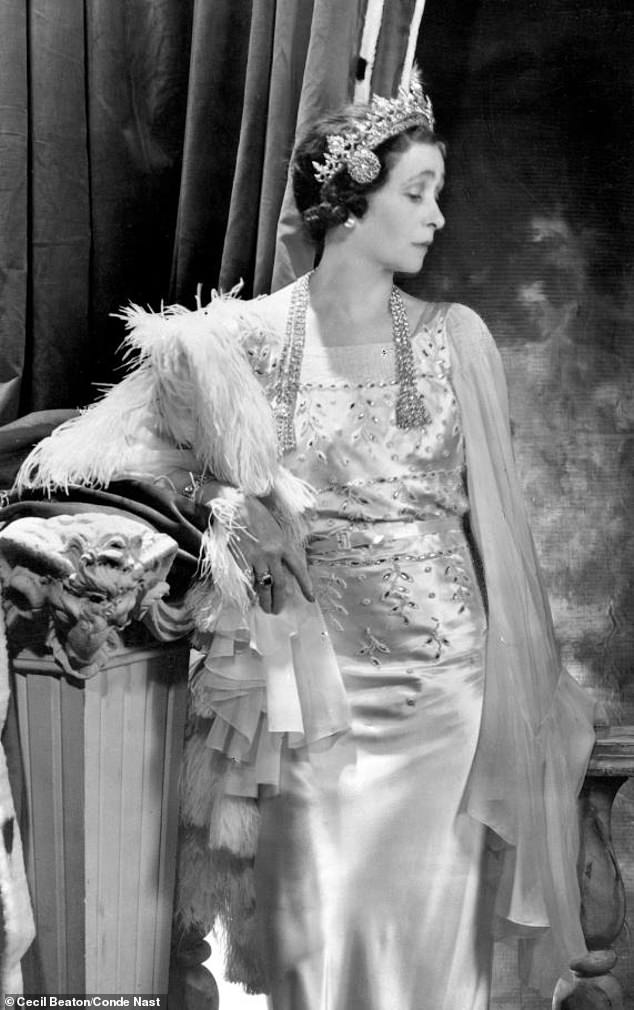
The necklace was presented to Marjorie Paget, Lady Anglesey, as a wedding gift. He wore the piece to the coronation of King George VI in 1937.
It played a role in the end of the Bourbon regime, the start of the French Revolution, and ultimately led to the execution of the queen, right?
The necklace was broken and the diamonds were purchased in London in 1785, with a receipt from jeweler Robert Gray documenting the purchase of a substantial number of them. They are believed to have been used for these rows of diamonds, above, designed in a ‘negligée’.
The necklace did not resurface until the early 20th century, when it was owned by the Marquises of Anglesey. In 1937, Marjorie Paget, Lady Anglesey, wore the jewel to the coronation of King George VI.
Her husband, the 6th Marquess, Charles Paget, gave her the necklace as a wedding present. In turn, he inherited the piece from his cousin, the 5th Marquess Henry Cyril Paget, known for his taste in jewelry, although most of his collection was sold to cover his debts after his death in 1905.
Paget’s daughter-in-law, Shirley Morgan, wore the knotted necklace at the coronation of Queen Elizabeth II in 1953.
The necklace now comes from a private Asian collection, the Telegraph reported.
Marie Antoinette was the daughter of Francis I, the Holy Roman Emperor.
He engaged her to King Louis XVI to strengthen ties between France and Austria, his native country.
Marie Antoinette was only 14 and Louis 15 when they married and received jewels worth two million francs from her French father-in-law.
The queen would also receive many more jewels from her husband over the years of their marriage.
The sparkly pieces were appropriate for a woman many consider their first celebrity, someone who easily outshone her rather drab husband.
His smile was said to have a “charm” that could conquer “the most brutal of his enemies.”
Her jewelry collection was by far the largest of any French queen and rivaled only by the Empress Josephine, the wife of Napoleon Bonaparte.
At the end of 1776, Marie Antoinette had a clothing allowance of 150,000 livres, at a time when the average price of a house in a French city was 200 livres.
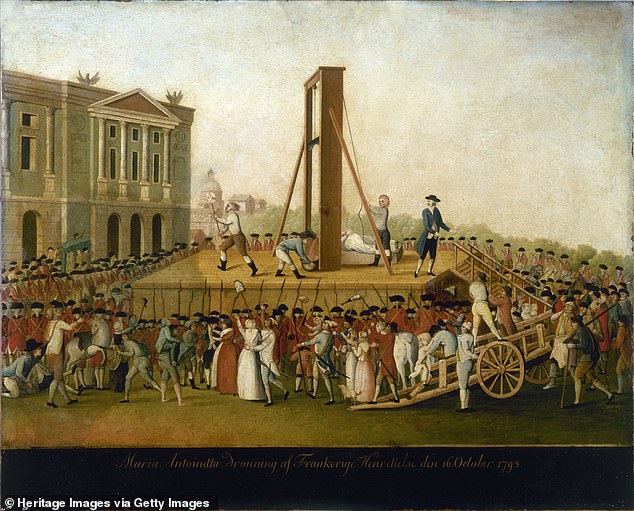
No jewelry was seen when Marie Antoinette was guillotined in 1793.
While he gambled, partied and wasted money on whatever he wanted, he amassed bills worth almost £500,000.
Versailles was the center of fashion at its height of eccentricity. The wigs were dusty and decorated with ribbons, feathers, flowers, fruit, and even stuffed birds.
The queen had a personal hairdresser who designed her own 4-foot-tall hairstyle that featured a replica of the French warship La Belle Poule, complete with four masts, sails and jeweled portholes.
Marie Antoinette’s greatest passion was her jewelry.
Louis raided the French crown jewels to allow his queen to indulge her passion for rubies, and she was also a particular fan of pearls.
While they were painting it and adorning it with strings of pearls and other shiny pieces, the French economy was in the doldrums.
Crops failed, peasants starved, and rumors swirled about the queen.
They focused not only on his notable excesses, but also on his serial infidelity.
But it was the necklace affair in 1785 that many scholars believe paved the way for his execution.
The necklace, which was made of 647 stones weighing almost 2,800 carats, was the most expensive in the world, valued today at about $20 million.
It had been designed by Louis XV’s jewelers, the esteemed Boehmer and Bassange, for his mistress, Madame du Barry.
However, Louis died before the piece could be finished, so Boehmer and Bassange attempted to sell the necklace to Marie Antoinette and the new King Louis VI.
But the royal couple refused to buy it and the queen urged Boehmer to break it up and sell it into several pieces.
Enter the impoverished aristocrat Jeanne de Valois-Saint-Rémy, who had become the mistress of the powerful Cardinal de Rohan, former French ambassador in Vienna.
He was eager to get back into the queen’s good books after she removed him from his position believing he was stirring up trouble with her mother.
De Valois-Saint-Rémy encouraged the cardinal to write to the queen.
What I didn’t know was that the queen’s affectionate responses were written by De Valois-Saint-Rémy.
Believing that Marie Antoinette was in love with him, the cardinal was persuaded to meet with a woman he was told was the queen.
In fact, this woman was a prostitute who had been hired by de Valois-Saint-Rémy to impersonate the queen.
When the cardinal received a supposed letter from the queen asking him to arrange the purchase of the diamond necklace for her, he did so.
After showing Boehmer and Bassange the correspondence as proof and giving them a deposit, the cardinal received the necklace in the belief that he would give it to the queen.
But instead he gave it to Valois-Saint-Rémy, who promised to give it to Marie Antoinette.
The lover then sold the jewels that constituted her on the black market.
When Boehmer asked the queen for payment, she sincerely insisted she knew nothing.
Despite her innocence in this particular scandal, Marie Antoinette was guilty in the eyes of the public.
Many believed that there was evidence here of wrongdoing and even more unjustifiable extravagance.



